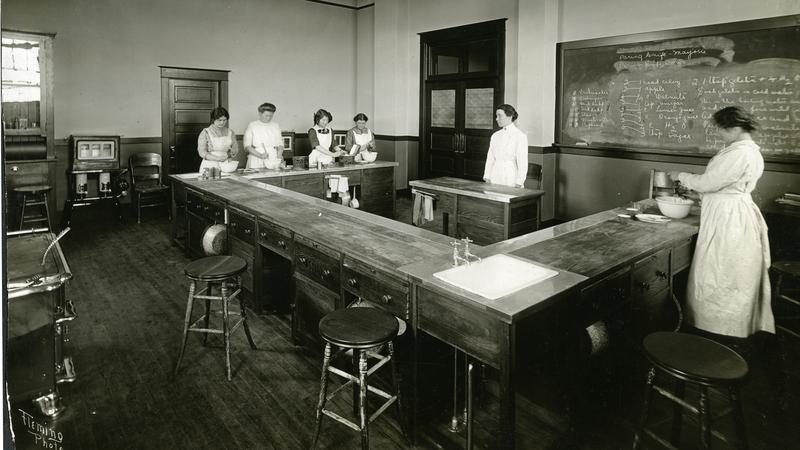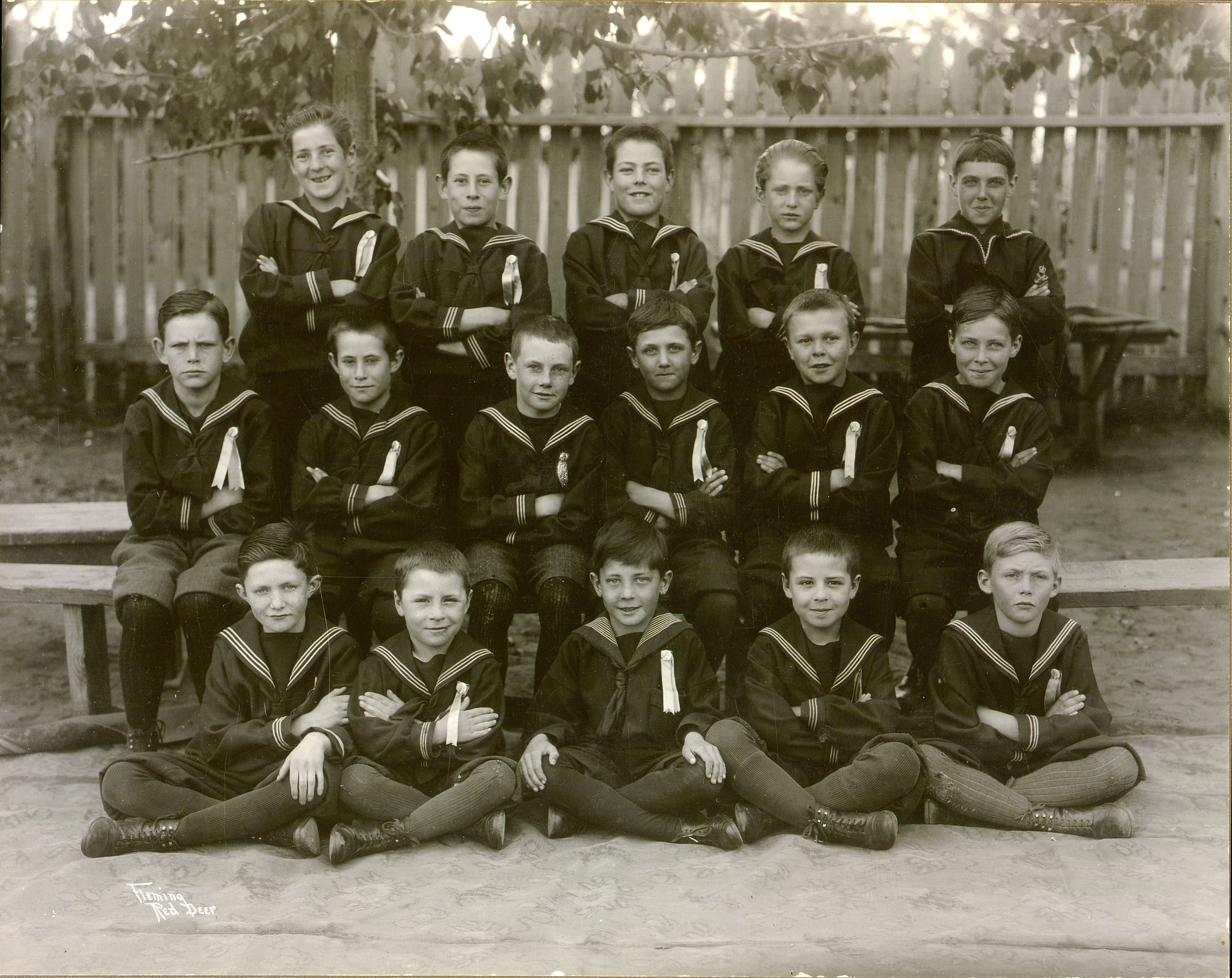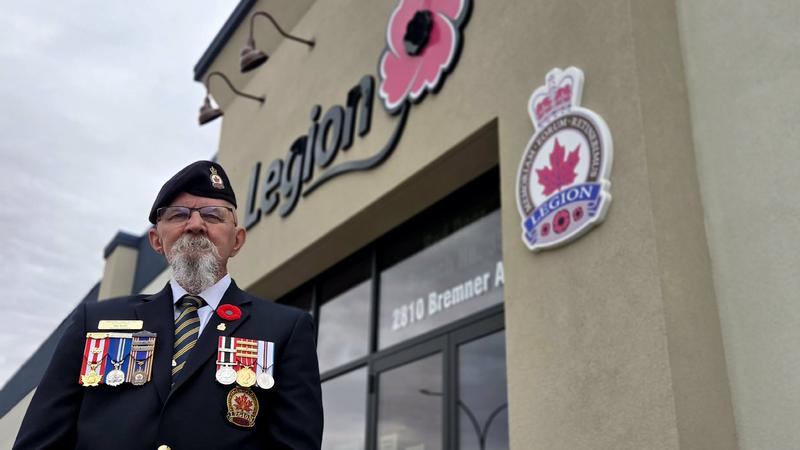
Book, Pathways to Education in Red Deer, gets relaunch this Saturday
A book, several years in the making, delves into what the landscape of Red Deer schools looked like from the city’s early years onward.
Pathways to Education in Red Deer was co-authored by City Councillor and historian Michael Dawe, Mary Gardiner, Dr. Robert Lampard, retired teacher and history writer Henry Lee Wostenberg, retired teacher/administrator Paul Gowans and the late Don Hepburn, also a former teacher and Historical Society volunteer.
It released last year, but a re-launch for Pathways is happening from 1-4 p.m. on Sept. 23, 2023 at Chapters/Indigo Red Deer.
“There are a lot of retired teachers in this area, for one. When I talk to friends about the book, they’ll say ‘My kids went here or there, I want that book.’ There are people who’ve been around here a long time and are pretty keen to learn about the early history. Some of these schools began before Alberta was even a province.”




